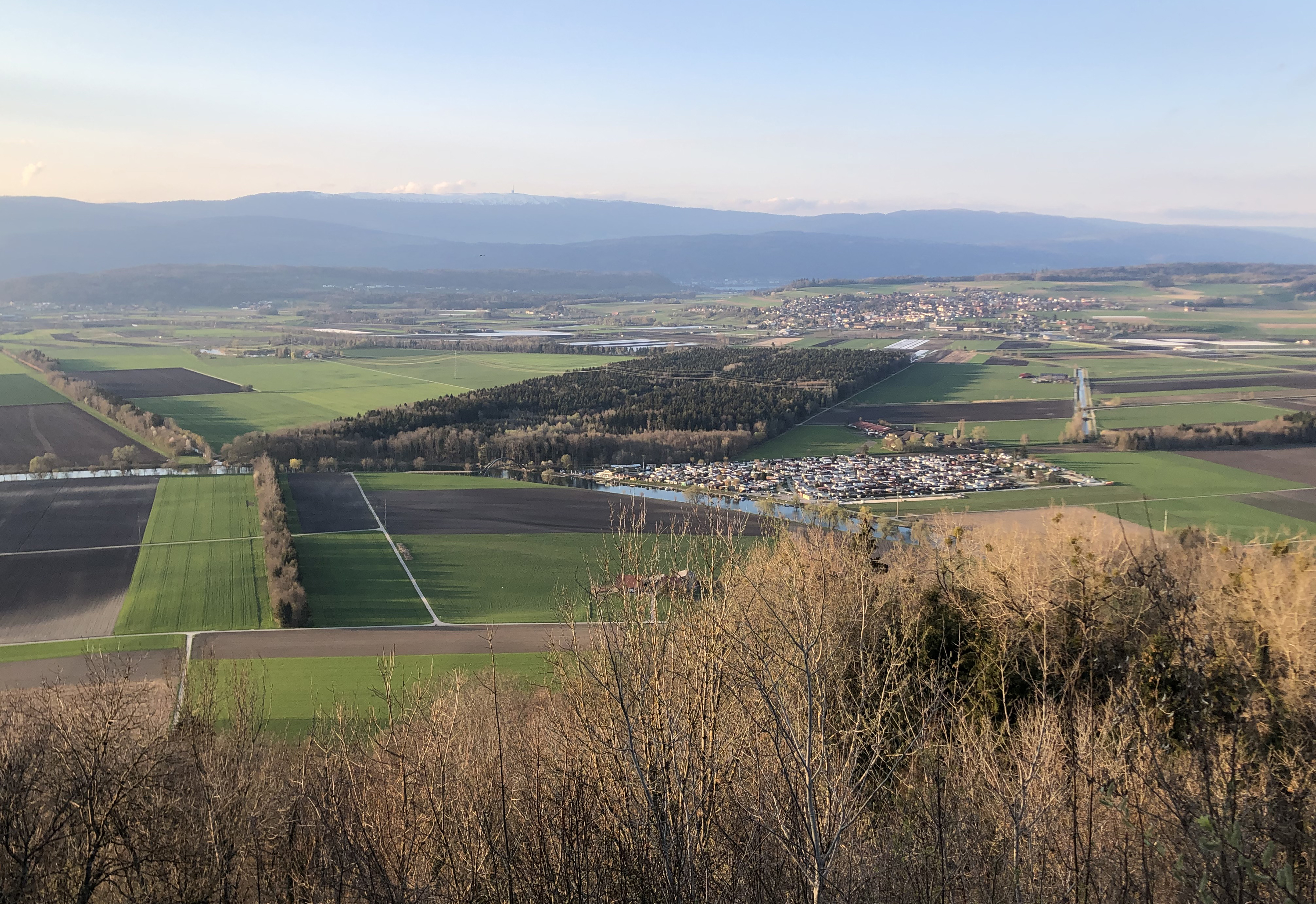
Architectural explorations for metropolitan areas in transition.
Faced with the multiple challenges linked to the metropolization of the Swiss Plateau, territorial development today faces two pitfalls: on the one hand, maintaining spread that can tend to a certain equal treatment, on the other hand, promoting an excessive concentration of values in major urban centers. Reacting to this observation, a more integrative vision was sketched as part of our architectural explorations on the densification of the various metropolitan territories. Called Helvepolis, it identifies strategic areas for the implementation of architectural projects that are part of a real transition dynamics towards sustainability.
As part of a long-term perspective that transcends the cleavage between town and country, Helvepolis aims to be a structured set of diversified territories, whose complementary components work in synergy and are interconnected by spatial, cultural, landscape, and infrastructural networks. In this approach, symbiotic relationships link urban areas – where most consumers are – and agricultural, industrial or artisanal production areas. Such a vision thus goes beyond the logic of socio-economic development focused exclusively on large centers. Not free from a certain hierarchy in terms of density, it nevertheless assumes a principle of differentiated polarization in urban, suburban, peri-urban, “rurban” or rural areas.
Research Partners
Laboratoire d’architecture et technologies durables (LAST)
Research team LAST
Prof. Emmanuel Rey, Dr. Martine Laprise, Dr. Judith Drouilles, San Yun